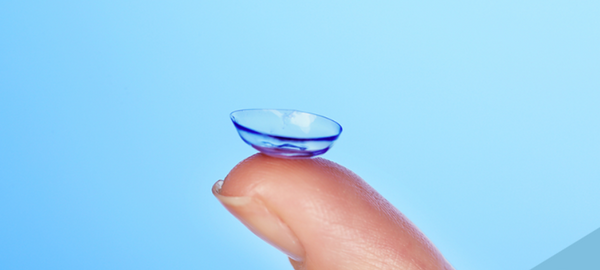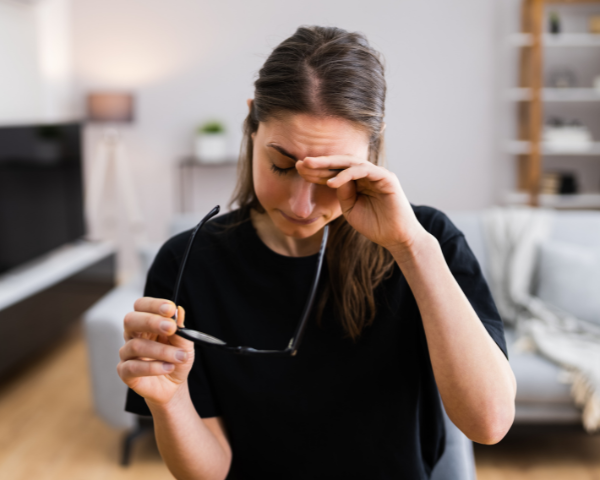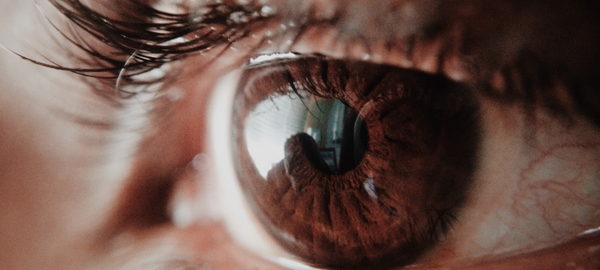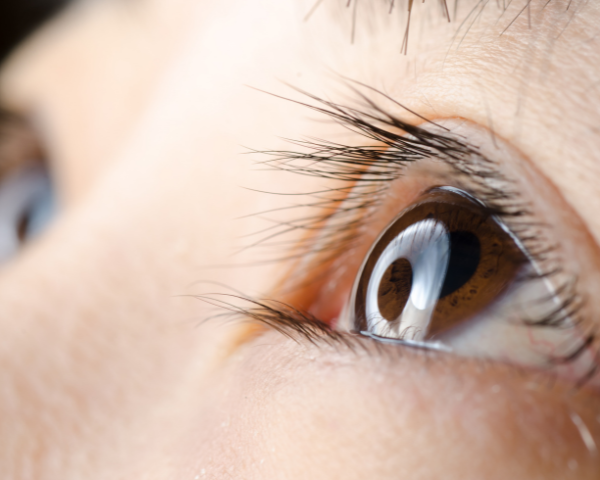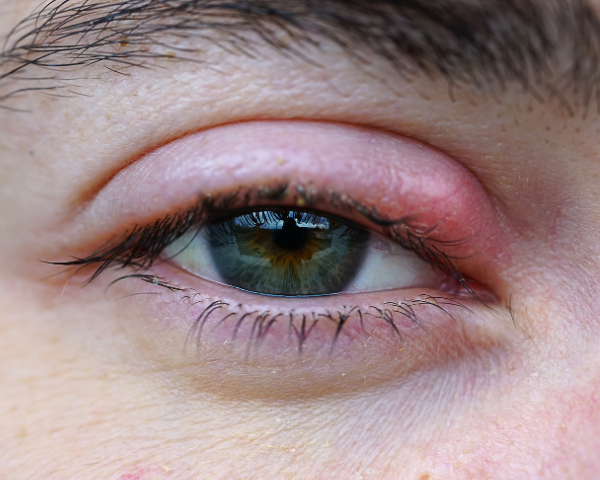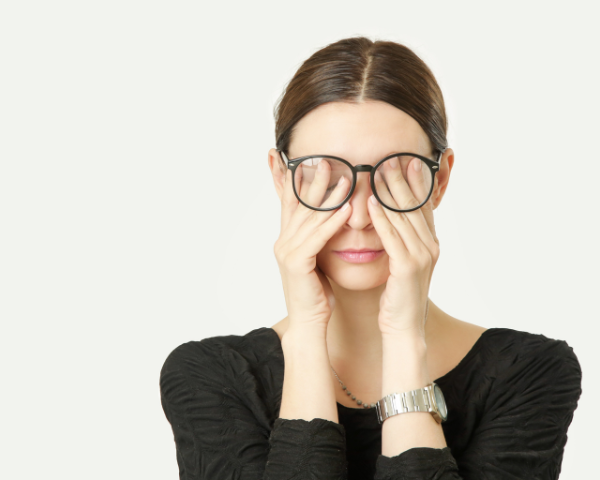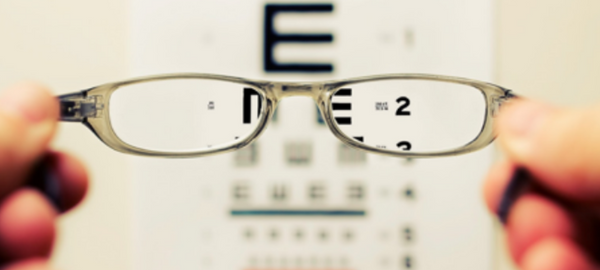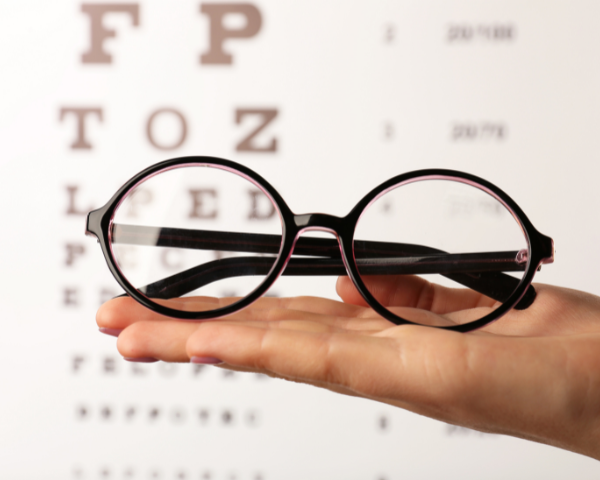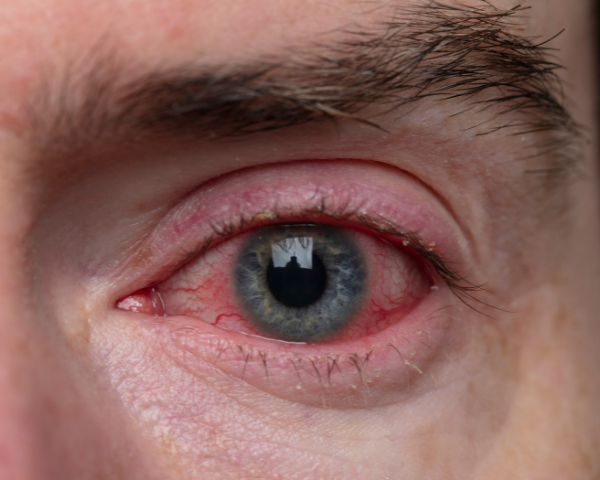Ray-Ban Sunglasses Lenses

Ray-Ban has a rich history dating back to 1936. As the best-selling designer sunglasses brand worldwide, Ray-Ban continues to innovate with revolutionary eyewear while staying true to their Ray-ban classic designs.
The brands iconic status is likely due to the high quality, superior performance and comfort of its glasses.
Ray-ban sunglasses offer a wide variety of lenses, with each one having its own unique characteristics and purpose. Our guide will lead you through the different types of Ray-Ban sunglass lenses to help you get a better idea of which lens is right for you.
Solid colour lenses
As the name implies, this type of Ray-Ban sunglasses lens comes in a solid colour. They are also non-mirrored and non-polarised.
- Green classic G-15: Similar to the story of Ray-ban Aviator sunglasses, the Classic Ray-Ban G-15 lens was originally developed for military pilots in 1937. It has a solid green colour and operates in low light to sunny conditions. These sunglasses offer a high level of clarity, comfort, protection and more accurate vision by absorbing 85% of visible light and filtering out most blue light as well as achieving outstanding colour contrast.
- Brown Classic B-15: As the twin to the Ray-Ban G-15 lenses, it offers the same high performance with a high level of clarity, comfort, and protection. However, brown lenses provide greater contrast in low light conditions and perform better on cloudy days.
Gradient lenses
The tint in Ray-Ban gradient sunglasses recedes from top to bottom, so the lenses are darkest at the top and gradually recede until there is no tint at the bottom.
Therefore, the lenses offer complete clarity of vision and protection from harmful UV rays. These features make gradient lenses a great option for driving.
Thanks to its precise chemical immersion process, the plastic Ray-Ban sunglasses lenses attain a receding transition from a dark to light shade.
In contrast, high vacuum processes make the crystal lens tinted on the back, allowing for smooth colour transitions.
Polarised lenses
Ray-ban polarised sunglasses have lenses that are fantastic for those who do a lot of sporting activities such as daytime fishing, skiing, mountaineering, hiking in snowy areas or even sunny highway driving, as it helps to reduce glare.
Ray-Ban Polarised sunglasses only allow light to enter the lens vertically and block any light that reflects from a horizontal surface such as light bouncing off water or a field of snow. These lenses are easily identifiable as they have a “P” following the lens logo.
Chromance lenses
Ray-ban Chromance is a revolutionary new lens technology for those who love colour. All Ray-Ban Chromance lenses intensify colour as well as recognition which gives the perception of brighter and more vibrant colour.
The lenses enhance contrasts, filter harmful UV rays and eliminate glare as well as reflections. As a result, Ray-Ban chromance lenses can sharpen your visual field, optimise vision and improve your experience.
They meet the demand of a fast-paced urban lifestyle and are perfect for challenges faced in a sporting environment.
Mirror lenses
The mirror coating applied to this lens makes your Ray-Ban sunglasses look like small mirrors, a feature that not only looks great but also has major functional benefits.
The Ray-ban mirrored sunglasses coating is made by fusing superheated metal oxides to the lens at a molecular level to ensure a uniform layer.
Reflective lenses block sun glare while providing a strong colour contrast in order to help your vision remain clear and crisp. Additionally, the mirror coating hides your eyes so that they are not visible through any reflective lenses which gives you a unique look.








































